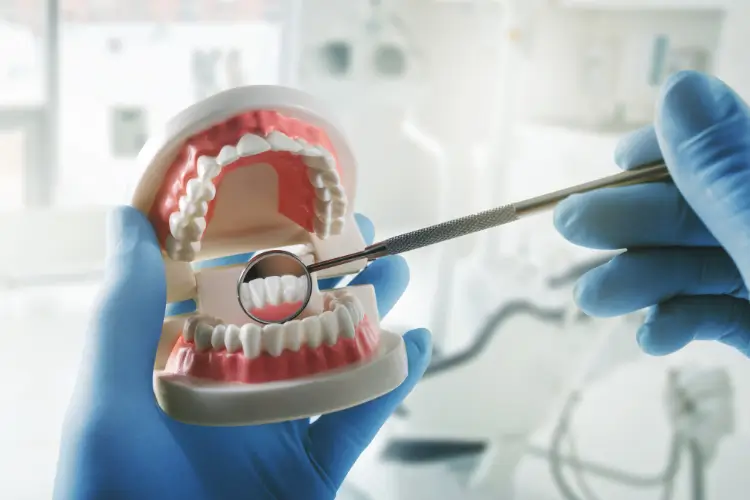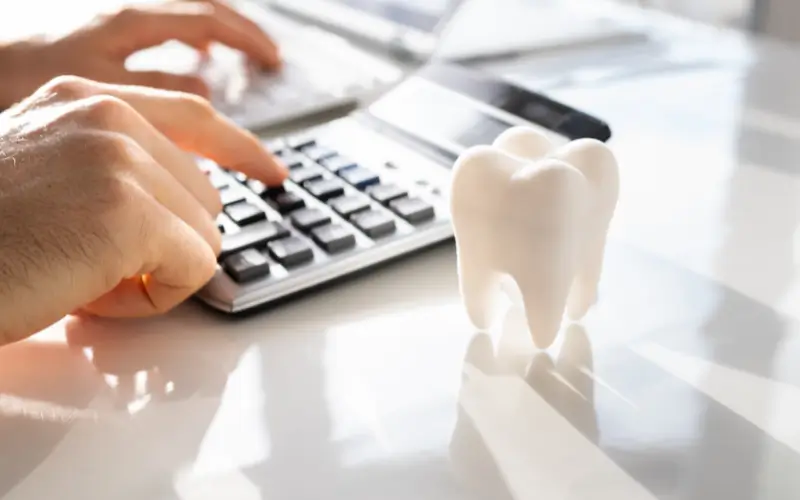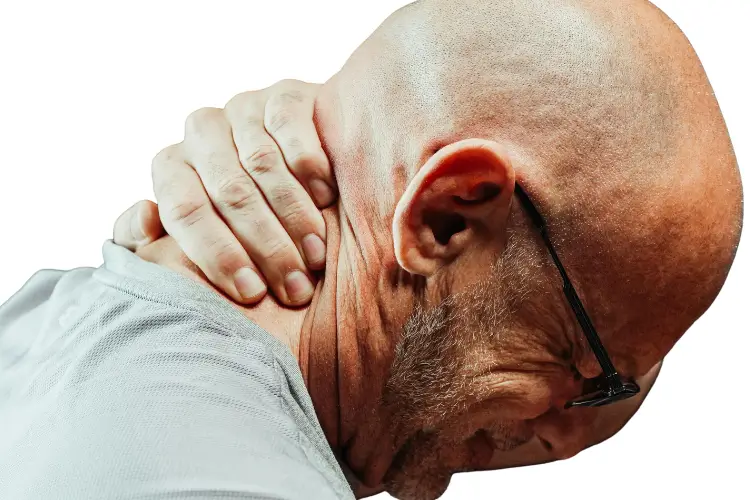Back pain that lasts a long time is a common condition that happens to millions of people around the world. For others, it becomes a daily aspect of life, and even everyday tasks become difficult. Though it tends to be blamed on age or slouching, there are numerous distinctive reasons and contributing factors for chronic back pain. Identifying these causes can lead you to the proper solutions specific to your situation. From muscle fatigue to underlying medical conditions, chronic back pain has a myriad of causes, and so must the solutions. This article discusses some of the most prevalent and unusual causes of chronic back pain and provides practical solutions for every one of them.
Poor Sitting Habits and Posture
Poor posture is one of the most prevalent reasons for back pain, especially for individuals who sit for long periods at desks or in front of computers. Sitting for prolonged periods causes the body to slouch, and this puts pressure on the lower back. This constant pressure can ultimately result in chronic pain. Even standing with poor posture can lead to muscle tension in the back. To avoid this, it’s necessary to pay attention to good posture by sitting up straight, having the shoulders over the hips, and ensuring the feet are flat on the ground. Standing and stretching regularly can also relieve tension from sitting for long periods.
Core Weakness and Imbalance
A weak core can place too much stress on the back. The core muscles, such as the abdominals and lower back muscles, stabilize and support the spine. When these muscles are not strong, the spine is under more stress, causing pain and discomfort. The strengthening of the core can significantly decrease the pressure on the back, resulting in better posture and less pain. Basic exercises such as planks, leg raises, and bridges can work these muscle groups and give the spine much-needed support. A regular core-strengthening regimen is necessary for anyone with chronic back pain, as it prevents further strain and reduces flare-ups.
3. Spinal Conditions and Degenerative Diseases
Certain spinal conditions, including herniated discs, scoliosis, and degenerative disc disease, can cause chronic back pain. These conditions tend to develop gradually as a result of wear and tear or incorrect movement, causing nerve compression or improper spinal alignment. For people with herniated discs, targeted guidance on safe movements and rehabilitation — including whether back extension exercises are appropriate — is important; reputable resources that outline specific Exercises for disc herniation can help patients and clinicians weigh benefits versus risks.
The condition can vary from mild pain to severe pain that affects daily activities. In some cases, medical intervention in the form of minimally invasive spine surgery in Phoenix helps alleviate the condition. This type of surgery involves smaller incisions and faster recovery times compared to traditional methods, making it a viable option for those with chronic back pain caused by spinal conditions. Consulting with a spine specialist can help determine whether surgical intervention is necessary.
Inactivity and Lack of Exercise
Living a sedentary lifestyle can contribute to the development of chronic back pain. Muscles can stiffen and weaken without regular exercise, which can lead to injury and pain. Regular exercise should be integrated into daily activities to keep muscles strong and flexible, especially in the back and core muscles. Low-impact exercises like swimming, walking, or yoga can help maintain back health. These exercises enhance mobility, correct posture, and ease tension in the back muscles. Even brief daily strolls can contribute to reducing pain and maintaining flexibility in the back, making the likelihood of chronic pain less likely.
Stress and Psychological Factors
Mental health is also a significant contributor to chronic back pain. Stress and tension can cause muscles to become tightened, especially those in the neck and back region. Tight muscles can contribute to pain and make current back pain more severe. Furthermore, emotional distress is able to influence the brain to perceive pain in a more severe and hard-to-control manner. Techniques like meditation, deep breathing, and being mindful are helpful in diminishing stress and improving somatic symptoms of anxiety. Further, therapy or counseling might also be useful to treat the psychological component of chronic pain to enhance overall management.
Conclusion
Chronic back pain is a multifaceted condition with numerous distinct causes. From muscle weakness and poor posture to spinal conditions and mental health issues, the causes of back pain are diverse. Through an understanding of these causes and implementing practical remedies such as exercises, posture, and stress management, relief can be achieved, and overall back health can be enhanced. In certain instances, medical treatments such as minimally invasive spine surgery could be required to treat more serious conditions. Nevertheless, for most, slight changes in everyday habits can result in dramatic improvement. With the right approach, chronic back pain doesn’t have to be a permanent part of life.




